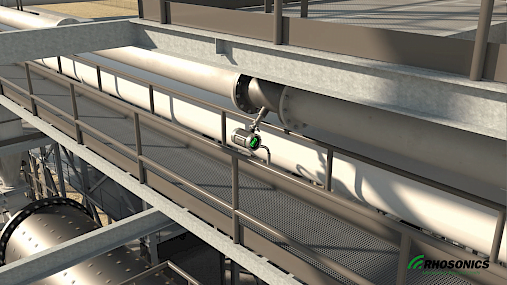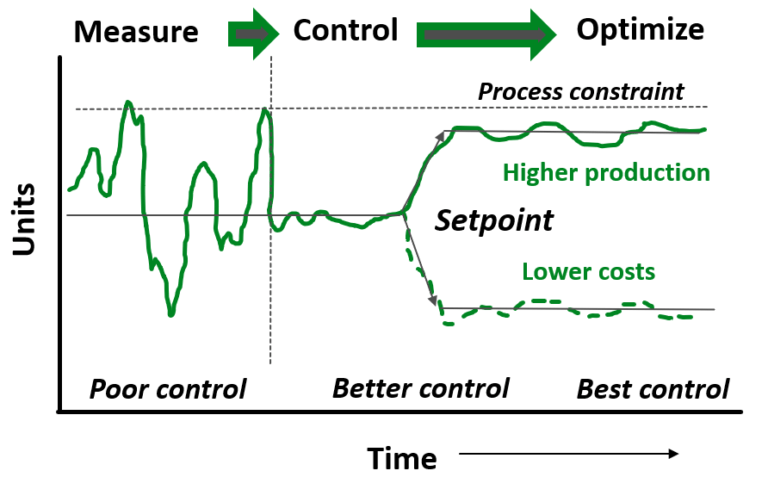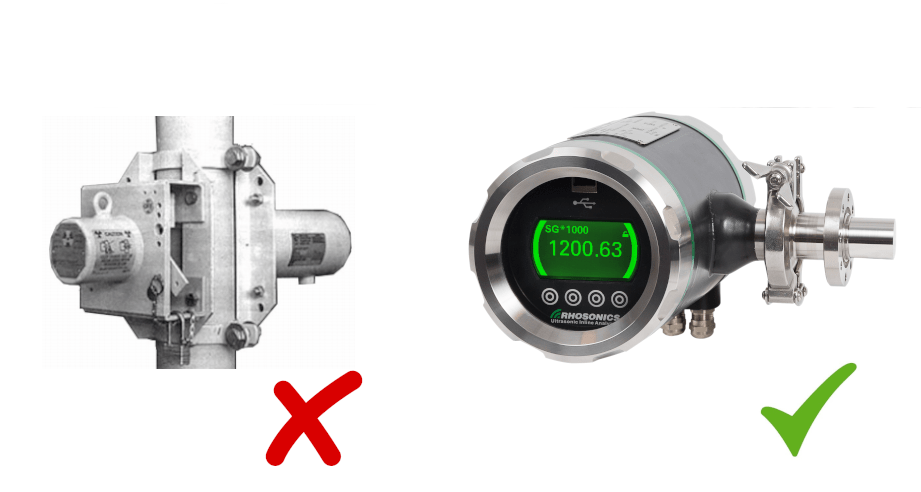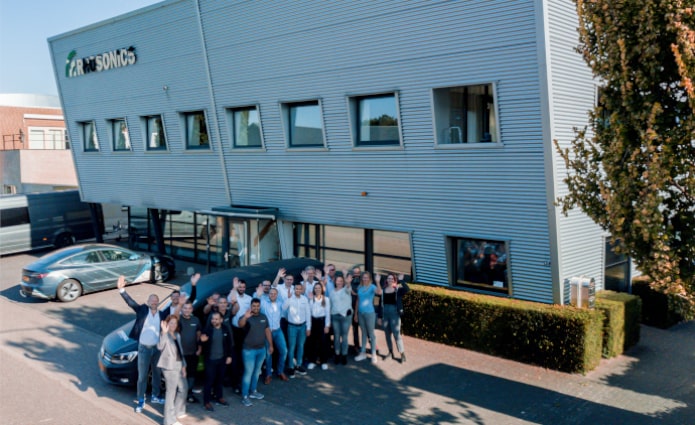Medição da densidade no circuito de moagem
quinta-feira 02 jun 2022
Measuring technologies, such as density meters, efficiently help operators to monitor and control the grinding circuit. Additionally, it also optimizes and prevents process failures. When used together with an advanced control system, density readings allow to automatically control valves, pumps and have an efficient water addition. This results in the improvement of the process that can lead to a higher recovery.
Pontos de medição
In the grinding circuit, possible installation points are in the ball mill discharge and feed (recirculation), (hydro) cyclone feed, overflow, and underflow.
The grinding circuit is the first step of a processing plant. Therefore, operators need to have good control over it. One way to follow changes in the circuit is by measuring slurry density, which is manually done in many sites. The manually taken density sample is used as a parameter to indicate if the grinding process is operating steadily.
However, manual sampling does not allow to have a trend for real-time control. The advice is to use an in-line measuring device, allowing for detecting changes online (real-time) as it happens. As an example, a recommended application to efficiently dose grinding media (balls) and water into the ball mill is measuring density changes in the ball mill discharge.
Why control over parameters is important
In this paragraph, we will explain why control over parameters, such as the particle size and slurry density, is important to reach an efficient classification process.
The cyclone utilizes centrifugal force to accelerate the settling rate of slurry particles and separate them according to size, shape, and specific gravity.
Due to centrifugal forces, faster settling particles (coarse) move to the wall of the cyclone, where the velocity is lowest, and migrate to the underflow. Slower-settling particles (fines) move toward the zone of low pressure along the axis and carried upward to the overflow.
A certain slurry density is a must for the optimal (re)classification of particles in the cyclone. The cyclone has proved extremely efficient at fine separation sizes. However, for middle-size particles, this process is less efficient.
When too much water gets added to the process, more middle-size particles are produced by the ball mill. So, the cyclone overflow allows a lot of these middle-size particles to escape the grinding circuit. This results in a decrease in the material that the ball mill would have to grind, which lowers its efficiency. Also, unwanted particle sizes are leaving the grinding circuit for the next process stages.
For optimal classification of particles, it is important to find changes in real time in the cyclone feed. Optimal control of the cyclone gets achieved by controlling the % solids in the feed flow to the desired target. This gets done through the use of a density meter. The cyclone overflow and underflow are also monitored by density meters. Other key parameters monitored are the pressure and particle size.
Too much solids content (overloading the grinding circuit) can result in poor grinding. Therefore, the slurry density needs to be within the targets and parameters defined by the process personnel. Water can be used to dilute the slurry and control the density in the process. Adding water could help to reduce the number of middle-sized particles in the grinding circuit. In this way, poor grinding caused by an overload of solids gets prevented. Continuous (real-time) measurement is needed in the grinding circuit to check if the density is within the optimal conditions.
Use of density to prevent problems
In this part, we describe the use of density to prevent problems with circulating load. As well as a variable in a backup system for the particle size analyzer (PSA).
If the cyclone keeps returning ore to the ball mill, the total volume of ore will be increasing in the grinding circuit. As is the density of the slurry. The recirculating ore is also called the circulating load. If the grinding process becomes less efficient, the circuit load will climb until its volume is greater than can be handled.
The density meter can be applied in the grinding circuit as a warning system. Thanks to real-time density measurement, an increase in circulating load gets detected on time. This allows it to control the process before problems become unmanageable.
The particle size is an important indicator of the performance of the grinding circuit. Therefore, this is normally measured by on-line particle size analysers (PSA). When the value from the particle size analyser is not available, it affects the control loop. In an automation project at a grinding circuit in South Africa, a self-correcting particle size predictor got developed to overcome this problem.
The predicted value was based on the slurry feed density, volumetric flow rate, and pressure drop over the cyclone. Using these variables in a model, they were able to calculate the predicted value, done every five minutes.
At a certain moment the PSA’s value was lost, when it came back, the predicted value was still in close agreement with the actual value. This eliminated problems associated with periods of unavailability of the particle size analyser. Described by Mr. B.J. du Plessis in a paper about control strategies at the Palabora Mining Company. In addition, it was published in the Journal of The South African Institute of Mining and Metallurgy.
For more information about Rhosonics, please take a look at our LinkedIn, Instagram ou Twitter página. Para perguntas, você pode Entre em contato conosco diretamente ou dê uma olhada no seguinte página para entrar em contato com o seu distribuidor local.
Recebeu nossa atualização técnica?
Preencha seu nome e endereço de e-mail e nós o manteremos informado sobre nossas últimas atualizações tecnológicas.







